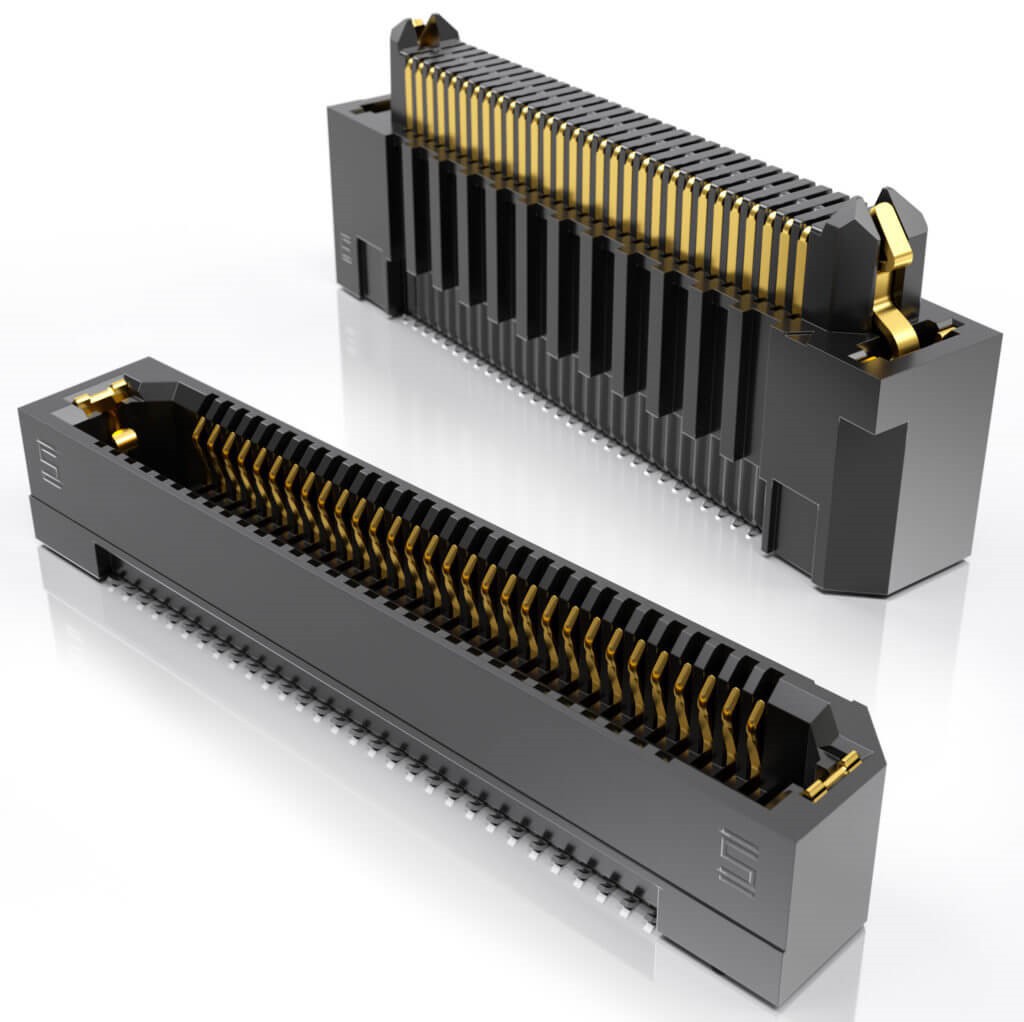15 Sep Overview of Laperos LCP & Where it Fits Best
In the world of thermoplastic materials, liquid crystal polymers (LCPs) stand as a remarkable class of materials with unique characteristics and performance attributes. Let’s delve into how liquid crystal polymers work, the exceptional features and qualities of LAPEROS® LCP, and the range of applications that can benefit from these resins.
Most typically, LCPs refer to all aromatic polyester resins. During melt processing, the polymer chains orient in the flow direction, resulting in a highly ordered melt reminiscent of crystals. Because of this alignment behavior during processing, LCPs have exceptional flowability, can fill ultra-thin wall sections, and exhibit very high modulus. The highly ordered melt structure, combined with shear-dependent viscosity, causes LCP to have very weak knit lines, necessitating careful consideration in part design.
Features of LCPs include:
- Ability to fill long flow lengths
- Great for thin wall molding
- Inherently flame retardant without FR additives
- High stiffness
- Non-Newtonian flow behavior (viscosity decreases with increasing shear)
- LCP rheology enables minimal to zero flash
- Excellent performance and compatibility with Surface Mount Technology in printed wiring boards (PWBs), especially reflow soldering
The long flow length and minimal flash characteristics make LCP ideal for connectors and other very thin wall parts.

Like most other thermoplastics, LAPEROS® LCP comprises a range of grades, differentiated by criteria such as melt viscosity, melting point, and glass transition temperature (Tg). LCPs are a family of resins particularly designed around melting point and Tg.
LAPEROS® resins span the range from a 290 – 350 oC melting point and glass transition temperatures from 190 – 335oC. These very high thermal properties, combined with excellent flowability, make LAPEROS suited for thin wall devices that undergo high-temperature fabrication steps, like reflow soldering, or operate at very high continuous use temperatures, such as flexible printed circuit boards.

Unlike polyamides, LCP resins are far less prone to solid-state polymerization (SSP). In reflow soldering, the process temperatures and low humidity cause polyamides to chain extend (polymerize). When polyamide polymerizes, the reaction generates water. This moisture exudes from the plastic and creates bubbles, blisters, and voids, all of which are unacceptable defects. These voids reduce the electrical insulating property of the device.
Competing resin technologies for connectors and flexible circuit boards include many of the high-heat polyamides, collectively referred to as PPAs and PPS. End-use requirements, part design, wall thickness, fabricating requirements, and cost all figure prominently in material selection.
In electrical and electronic (E/E) devices, plastic is used as an electrical insulator. The device is rated for its ability to manage direct exposure to very high voltage by various measurements, including Breakdown voltage, Dielectric constant, and Dielectric dissipation factor. Absorbed moisture – a conductor – will dramatically affect these electrical properties. This is another key benefit of LCP resin, which absorbs very low levels of moisture, especially compared to polyamides.

Takeaways
With exceptional flowability, high thermal properties, and resistance to defects, liquid crystal polymers present a compelling case for their integration into various industries. From the precise demands of connectors to the high-stress environments of electronic devices, LAPEROS LCP has proven its versatility and reliability, making it an excellent choice for engineers and manufacturers seeking top-tier solutions.
Interested in learning more about what LAPEROS resins can do for your next project? The Fixers at PolySource are ready to help! Contact us today: https://polysource.net/contact-us/





